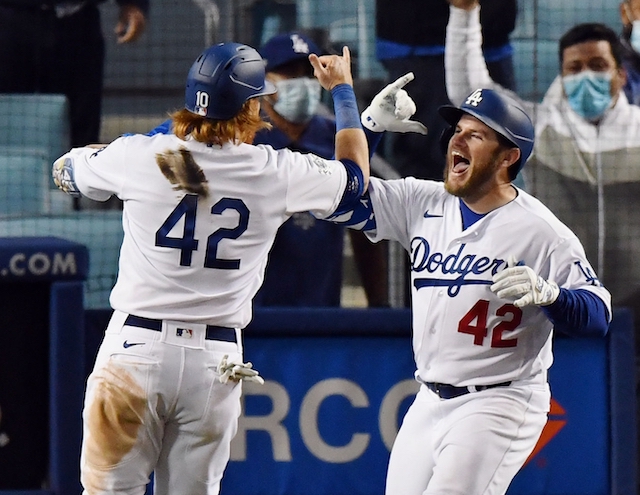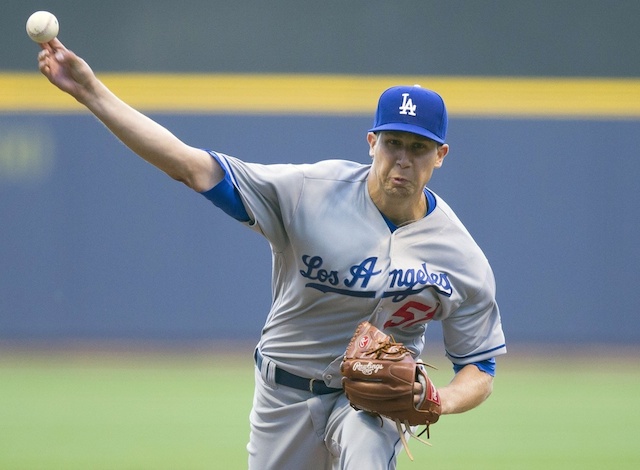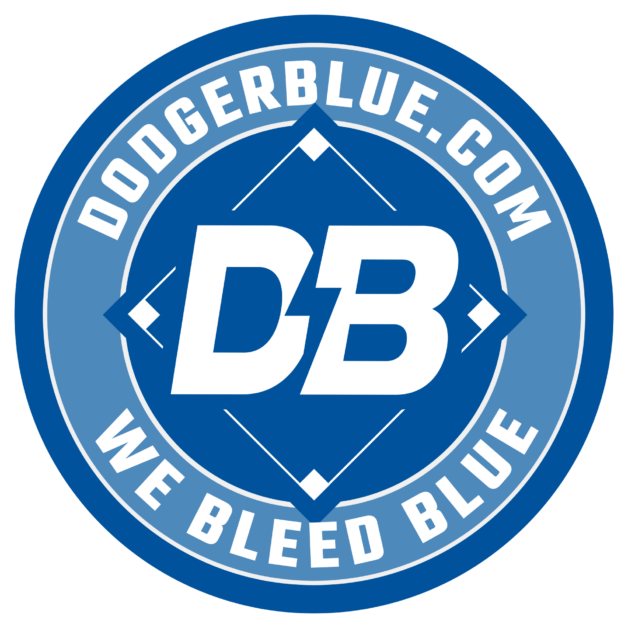The 2023 MLB season is set to introduce three new rule changes, including a 15-second pitch timer, ban on defensive shifts for infielders, and the use of larger bases.
A pitch clock is intended to improve pace of play and reduce dead time. Both of those have been goals of MLB commissioner Rob Manfred since he took office in 2015.
A pitch timer was experimented with across several Minor League levels in recent seasons, and the results were promising. The average time of a nine-inning game was reduced by 26 minutes, from 3:04 to 2:38, last year.
Los Angeles Dodgers president of baseball operations Andrew Friedman believes certain pitchers will be able to adjust to a pitch timer faster than others but otherwise isn’t sure what to fully expect in terms of players adjusting, per Rowan Kavner of Fox Sports:
“I think there’s a great unknown of who’s going to be able to and who’s not,” Friedman said. “For some guys, it’s going to be easy. For others, it’s not.”
During the 2022 season, there were 110 qualified Major league pitchers who averaged at least 20 seconds between pitch releases. The group included Dodgers relievers Alex Vesia (24.5), Phil Bickford (21.7) and Evan Phillips (20.7).
Some managers believe younger teams with players who experienced a pitch timer in Minors will have an advantage out of the gate, whereas older clubs could initially struggle with the rule change.
How will MLB pitch timer work?
The rule states a pitcher must begin his motion before the expiration of the 15-second timer, or 20 seconds with at least one runner on base.
Pitchers will be allowed to step off the rubber twice per plate appearance without penalty, which resets the clock. Additional instances of stepping off the mound will result in a balk unless an out is recorded on a runner. Furthermore, the pitch clock resets if the baserunner advances.
Meanwhile, a hitter must be in the batter’s box with at least eight seconds remaining on the pitch timer and will receive one timeout per plate appearance.
Umpires are authorized to provide additional time if warranted for special circumstances, such as the catcher making the last out of an inning and needing more time to put his gear on.
Are you following Dodger Blue on Instagram? It’s the best way to see exclusive coverage from games and events, get your questions answered, and more!










